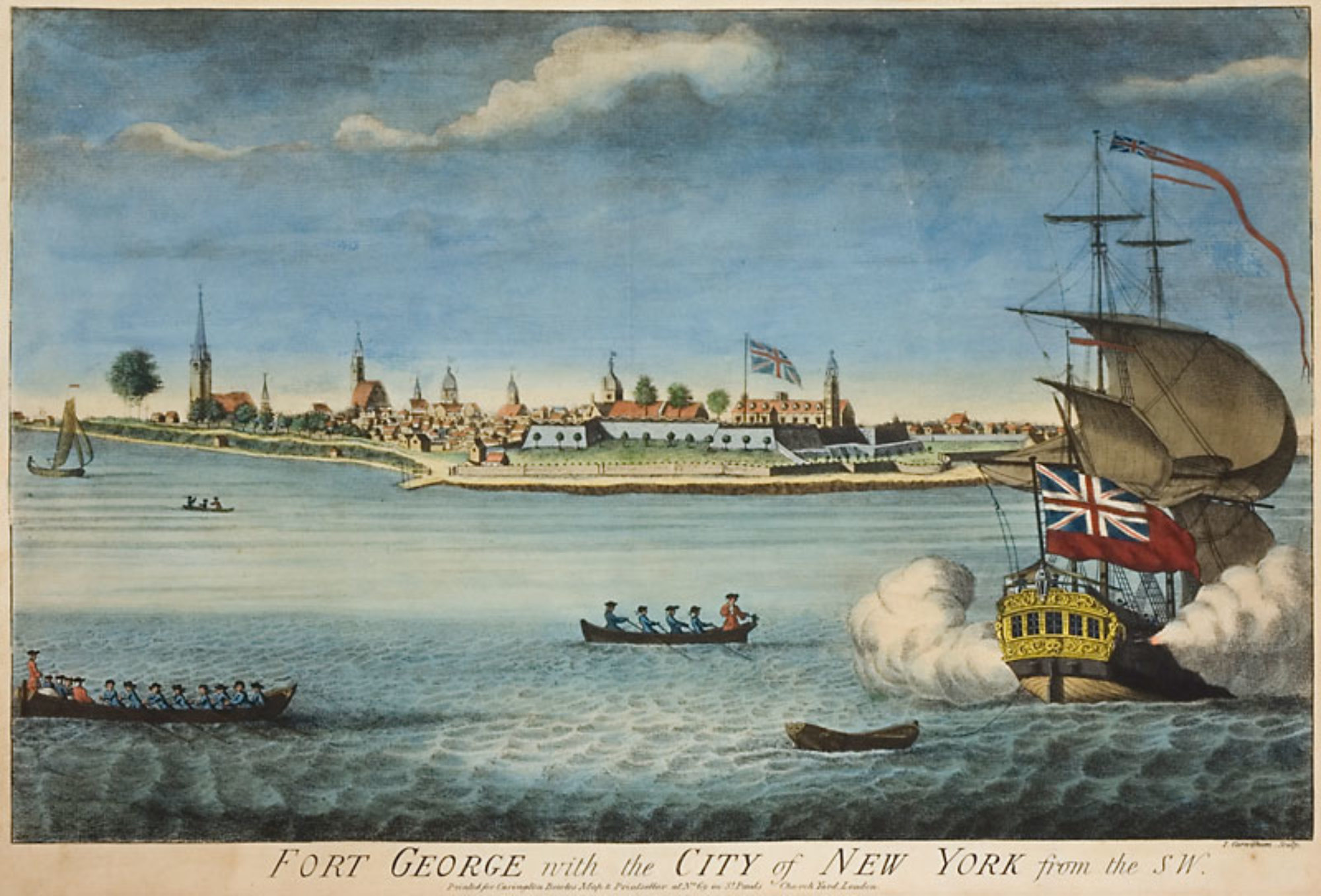It is certain that no organization in the British army, during the Revolution, became more familiarly known in this section of the country than the “Queen’s Rangers,” which were commanded by Lieutenant-Colonel John Graves Simcoe, who may consistently be called [“the Mosby of the Revolution,”– Morris’s biased opinion] so strongly did those men resemble each other in their service in the field.

Colonel Simcoe was a son of Captain John Simcoe, of the English navy, who served with distinction in the expedition against Quebec, in Canada, in 1759, and in which he lost his life, at the age of forty-five years. He was a native of Northamptonshire, England.
Colonel Simcoe was a mere child at the time of his father’s death, and he was liberally educated by his mother. At the age of nineteen he obtained an ensign’s commission in the 50th regiment of the British line. He did not embark with his regiment, but landed at Boston on the day of the battle of Bunker Hill. He served for a time, but soon purchased a captain’s commission in the 40th regiment, which he commanded at the battle of Brandywine, where he was wounded, on the 11th of September, 1777. On the 15th of October following, Captain Simcoe was promoted to Major of the Queen’s Rangers.
The Queen’s Rangers were originally raised in Connecticut and the vicinity of New York, by Colonel Robert Rogers, and their duties were principally those of scouts or light cavalry. They were all Americans, and called in those days, “Loyalists.” When Major Simcoe joined the regiment it had by hardships and neglect been reduced in numbers; many gentlemen of the Southern colonies, who had joined Lord Dunmore, were appointed to supersede those who were not considered competent for the commissions they had hitherto borne. To these were added some volunteers from the army, the whole consisting of young men, anxious to enter the British service.
The Queen’s Rangers consisted of two companies of dragoons, one of Highlanders, a company of Yagers, two troops of cavalry, one company of artillery, and five companies of light infantry, a large part of one company being native Staten Islanders. Colonel Robert Rogers, the first commandant, was succeeded by Colonel French, he by Colonel Mawhood, he by Major Weys, he by Major Weymess, and he by Lieut. Colonel Simcoe.
The following served as officers in this regiment during its exploits on Staten Island and vicinity:
Lieutenant-Colonel — John Graves Simcoe.
Majors — Armstrong, Grymes, Ross, Waymess, Weys.
Captains — Aulthause, Agnew,, Beckwith, Blucke, Bronson, Cooke, Diemer, Ewald, Hanson. Hutchinson, Kerr, McCrea, McGill, James, McKay, Moncrieffe, McRae, Murray, Saudford, Saunders, Shank, Shaw, Smyth, Stevenson, Thomas, Whitlock, Wickham and Wreden.
Lieutenants — Allen, Dunlop, Fitzpatrick, Holland, Lawler, McNab, McLeod, Murray, Rynd, Spencer and Wilson.
Surgeons — Kellock and McCauley.
Adjutant — Ormond.
Quartermaster — McGill.
Chaplain — Agnew.
Ensign — Proctor.
Sergeants — Adams, McDonald, McLaughlin, MacPherson, Ritchie and Wright.
Corporals — Burt and Franks.
Cornets — Jones, Merrett, Ficker and Wolsey.
Trumpeters — Barney and French.
Immediately after Colonel Simcoe took command of this regiment, he issued the following advertisement in Rivington’s Royal Gazette, of New York City:

Quoted From: Morris, Ira K. 1898. Morris’s memorial history of Staten Island, New York. New York: Memorial Pub. Co.
*Morris had included some errors in his text. If you need more up-to-date info on Loyalist units, visit the Royal Provincial website.

